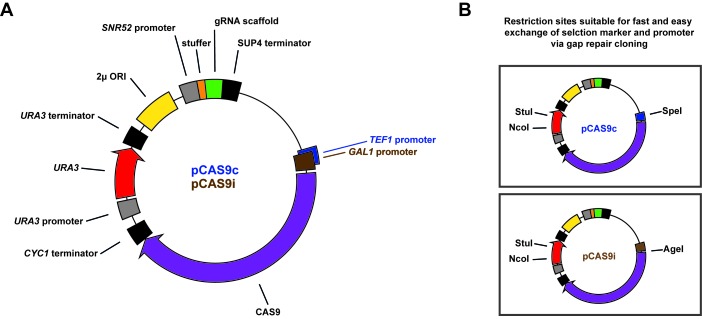Figure 1. Schematic representation of the all-in-one gRNA-Cas9 expression vectors pCAS9c and pCAS9i.
A. Both plasmids contain identical backbone elements such as an URA3 selection marker, a 2-micron (2 µ) sequence and an ampR bacterial selection marker (not shown) as well as an universal gRNA expression cassette consisting of the yeast-endogenous SNR52 promoter, the constant guide RNA scaffold sequence and the SUP4 terminator sequence. A stuffer sequence serves as a placeholder for the respective gRNA targeting (protospacer) sequence. Both plasmids differ in the promoter that is driving the expression of the Cas9 gene. Cas9 is either expressed from the constitutive TEF1 promoter (pCAS9c) or from the inducible GAL1 promoter (pCAS9i). B. Both plasmids harbor specific restriction sites that allow for an easy exchange of the URA3 selection marker (StuI, NcoI) and the respective promoter sequences (PTEF1: SpeI; PGAL1: AgeI) via gap repair cloning.

